
Born of sea ice and snow, no species better symbolizes our frozen oceans than the polar bear. These marine mammals spend their lives on—and in—the Arctic’s frigid waters, traversing between ice floes and hunting for the seals that are their primary food source. But as the climate changes, their future is at risk of melting away.
The Arctic is warming three times as fast as the rest of the planet. Polar bears’ sea ice habitats are disappearing, forcing them to extend their time on land, where they cannot access vital food sources and are in more frequent contact with people. They’re vulnerable to extinction across the five Arctic nations they inhabit, and securing their future will take all of us.
Together with partners around the globe, and the support of wildlife allies like you, we’re finding solutions through our Oceans Conservation Hub. With innovative technology, collaborative partnerships, and the invaluable help of polar bears at the San Diego Zoo, we're turning the tides for this iconic species.
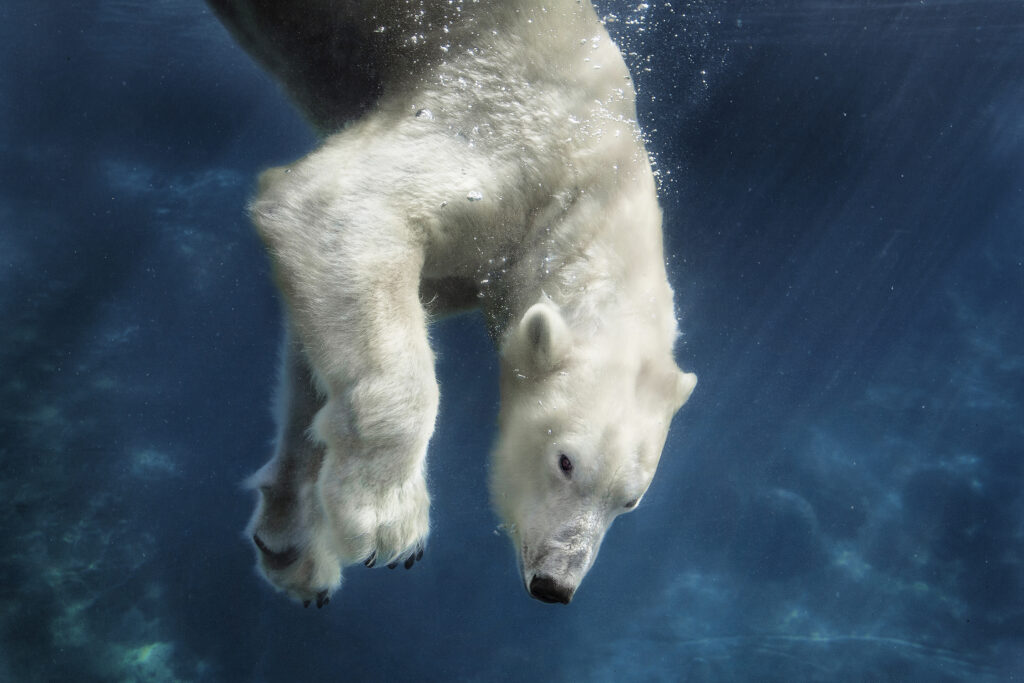
Strides for Conservation
San Diego, California
Disappearing sea ice makes it difficult for polar bears to hunt enough seals to survive, forcing bears to spend more energy traveling farther in search of food. By studying the amount of energy they use for certain activities, we’re helping determine how changes in their habitats are impacting their energy demands. At the Zoo, Tatqiq voluntarily participated in this collaborative study, walking on a bear-sized “treadmill” while we tracked her movements and oxygen flow, giving us a full picture of her energy output.
Alaska, United States
Evaluating body condition is integral to understanding the health of polar bear populations. With the help of bears at the Zoo, we worked closely with the U.S. Fish and Wildlife Service in Alaska to validate new laser imaging technology that will revolutionize our ability to noninvasively assess body condition for polar bears in their native habitat.
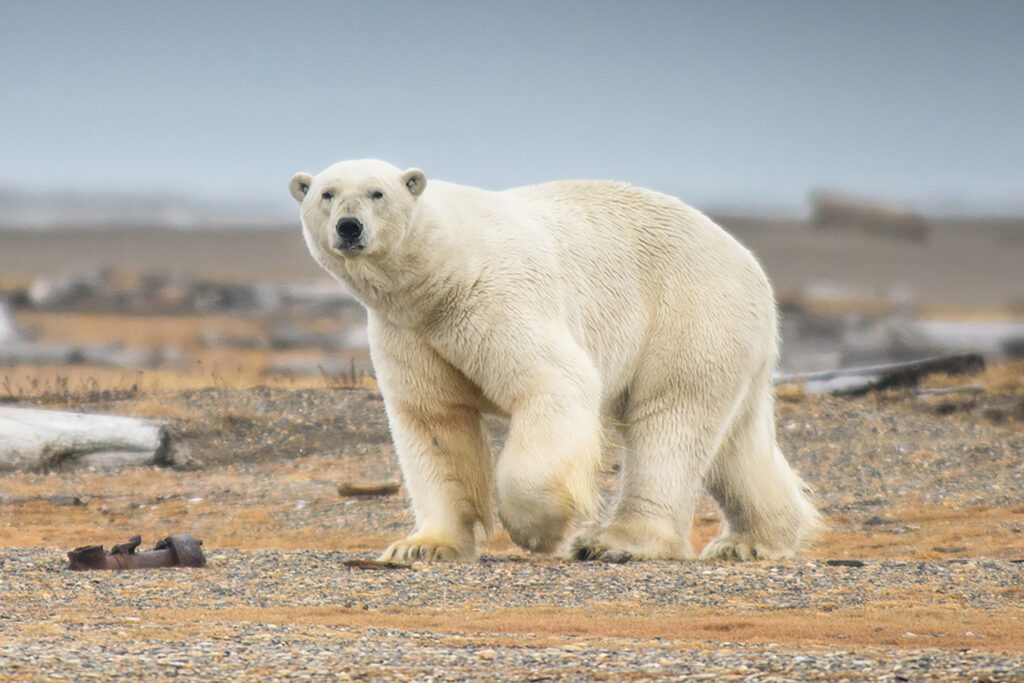
(Photo credit | sarkophoto/iStock/Getty Images Plus)
Sea-ing the Impact
Hudson Bay, Canada
As the Arctic landscape ebbs and flows with changing sea ice conditions, understanding how polar bears use their unique habitat is critical to saving them. We have been working with partners at the University of Alberta to monitor the population in Hudson Bay, Canada—using a combination of GPS ear tags and satellite collars to track bears in near-real time. These efforts help pinpoint key habitat that needs protection and inform coexistence strategies for coastal communities and wildlife.
San Diego, California
The polar bears we care for at the San Diego Zoo helped test prototypes of the Burr on Fur—a non-invasive temporary tracking tag that attaches almost like a barrette. Developed by our partners at Polar Bears International (PBI) and 3M, it could transform the way we monitor bears in native habitats. Trials like these are pivotal in developing new technology, providing valuable insights on how to improve devices and optimize success in the field.
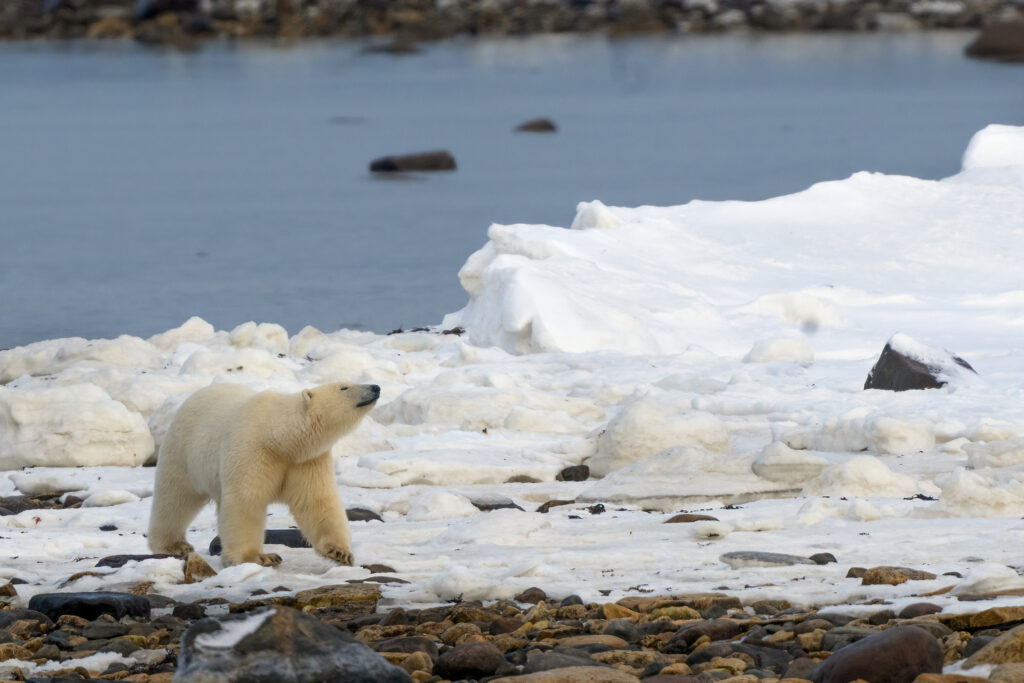
(Photo credit | Dave Oxford/istock/Getty Images Plus)
Now and Den
Svalbard, Norway
For young and vulnerable polar bear cubs, survival depends on adequate time spent in the maternal den after birth. These snow caves are a haven during the dark and brutally cold winter months, and are where helpless newborns grow into capable cubs that can follow their moms onto the ice.
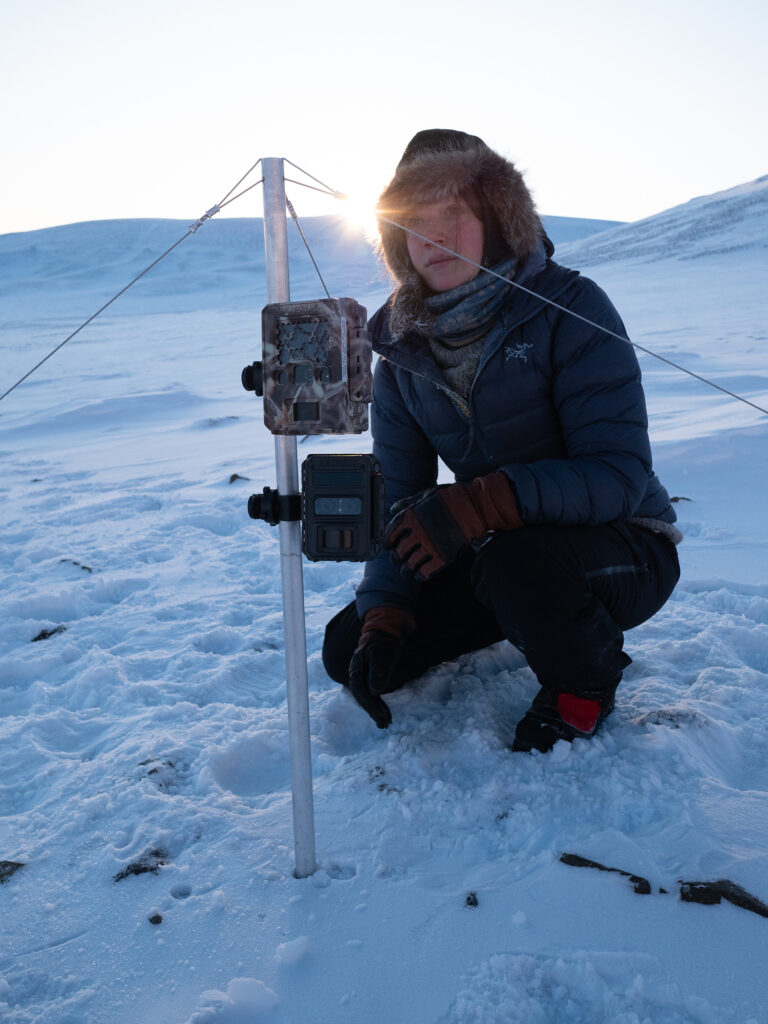
(Photo credit | Kt Miller/Polar Bears International)
We’re working with partners to understand how climate change affects the timing of polar bear births, along with the readiness of cubs once they emerge from the den. Using cutting-edge technology, including Mini DenCam cameras developed with our partner PBI, we’re monitoring maternal dens in Svalbard, Norway. These efforts are essential to conservation solutions that will keep cubs safe.
San Diego, California
How well can polar bears hear? Assessing what can be heard in dens is crucial to managing the impact of industrial activities such as oil and gas exploration and extraction. At the Zoo, bears participated in a study that helped identify hearing ranges for the species and inform guidelines to protect them from sonic disturbances. Working together, our conservation science and wildlife care teams devised a sophisticated yet simple voluntary test: when the bears heard a certain noise, they simply touched their nose to a specific place and were rewarded with treats!
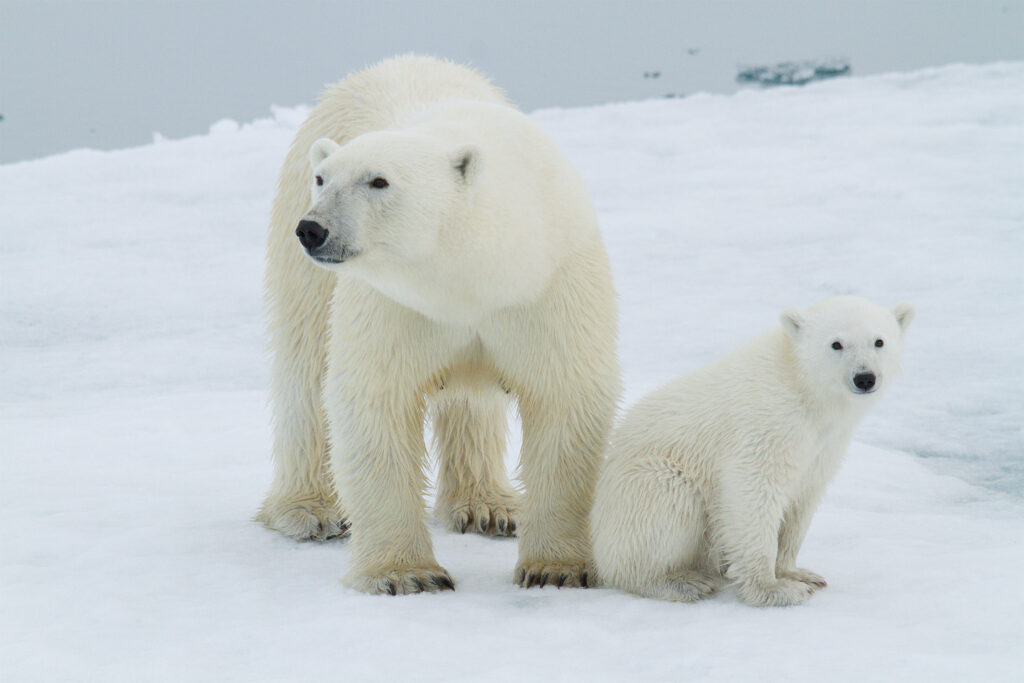
(Photo credit | Kt Miller/Polar Bears International)
Bear Bios
The three polar bears we care for—Chinook, Kalluk, and Tatqiq—were rescued as orphaned cubs, and wouldn’t have survived without a mother to guide, protect, and feed them. They’re thriving here in San Diego as important ambassadors for their species, and are directly contributing to conservation efforts for polar bears.

In the coming year, we’ll be working on some renovations to their habitat. Be sure to visit the bears and see what’s changing at Conrad Prebys Polar Bear Plunge.
Discover how you're making a difference for polar bears and other vulnerable marine wildlife through our Oceans Conservation Hub.



